Electric vehicles (EVs) have come a long way since their inception in the late 19th century. Initially perceived as slow, expensive, and lacking in range, EVs have undergone significant transformations, gradually changing public perception and paving the way for a future dominated by sustainable mobility. This article delves into 16 pivotal electric cars that have played a crucial role in altering the perception of electric mobility, highlighting their innovations, impact, and contributions to the automotive industry.
General Motors EV1 (1996)
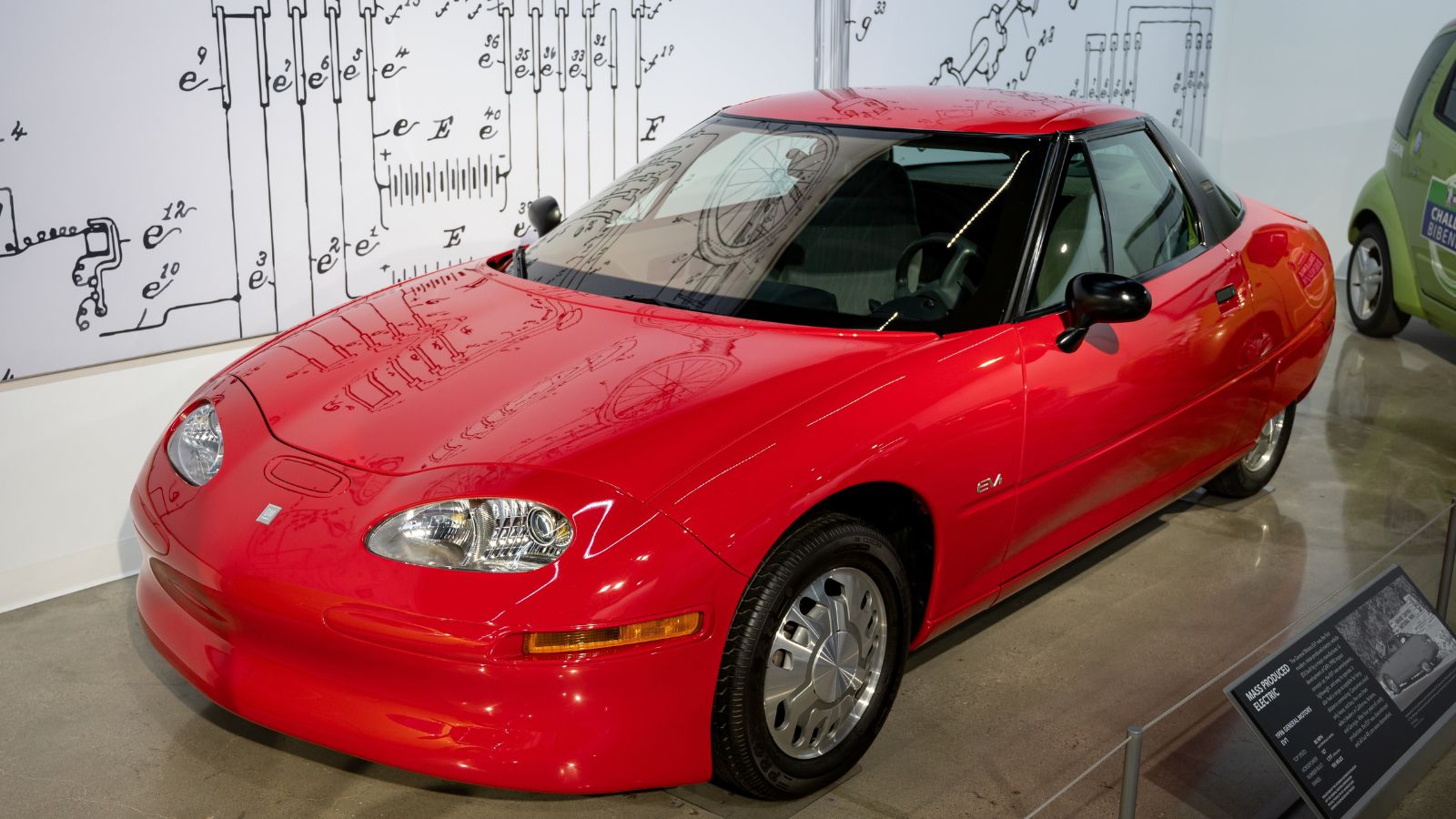
The GM EV1 was a groundbreaking vehicle, the first mass-produced electric car of the modern era. Despite its eventual discontinuation, the EV1 demonstrated that electric vehicles could be viable alternatives to gasoline-powered cars. It boasted a range of 70 to 100 miles on a single charge, and its aerodynamic design and lightweight construction set a new standard for electric vehicle efficiency.
Toyota RAV4 EV (1997)
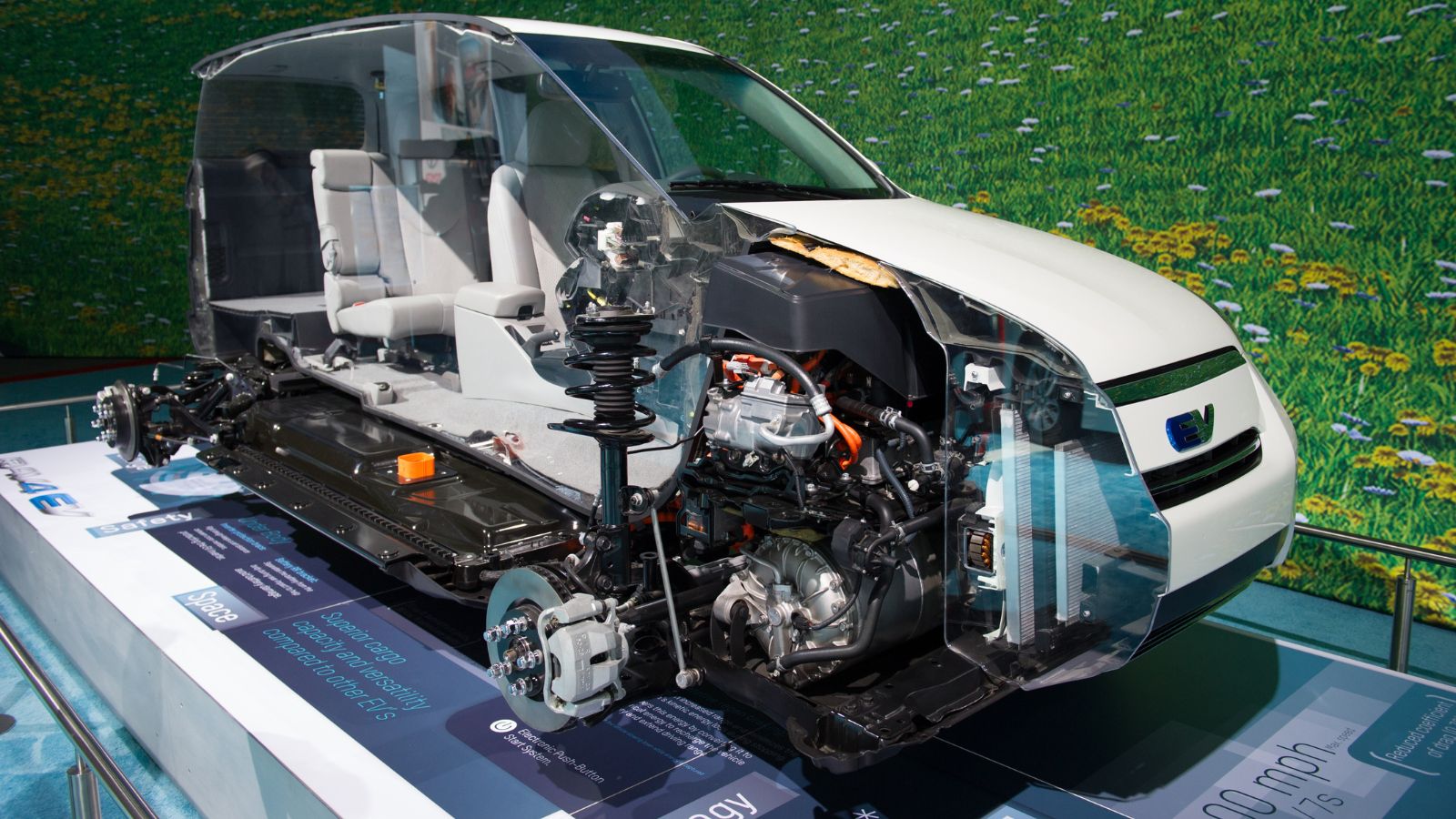
The Toyota RAV4 EV was one of the first electric SUVs introduced as part of California’s Zero Emission Vehicle (ZEV) mandate, and it was primarily leased to fleet customers and individuals in California. The RAV4 EV offered a practical, eco-friendly alternative with regenerative braking and air conditioning features. Despite its innovative technology, only about 1,484 units were produced until the program ended in 2003, making it a rare and significant model in the history of electric vehicles.
Tesla Roadster (2008)
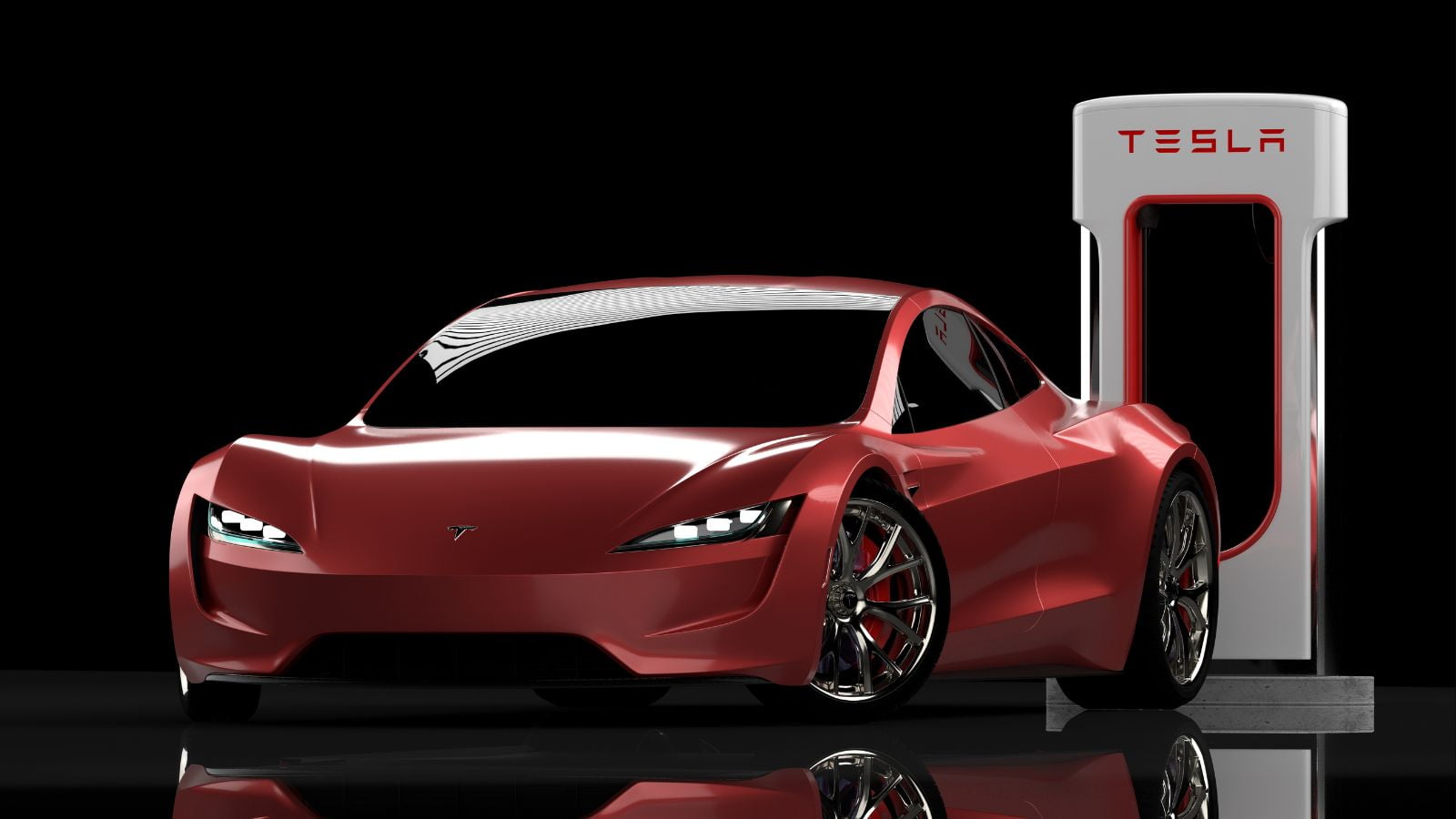
The Tesla Roadster was a game-changer in the world of electric vehicles. As the first production car to use lithium-ion battery cells, it shattered the stereotype of EVs being slow and impractical. The Roadster could accelerate from 0 to 60 mph in under 4 seconds and had a range of over 200 miles, making it a serious contender against traditional sports cars. Tesla’s innovative approach and commitment to performance redefined what electric cars could achieve.
Nissan Leaf (2010)
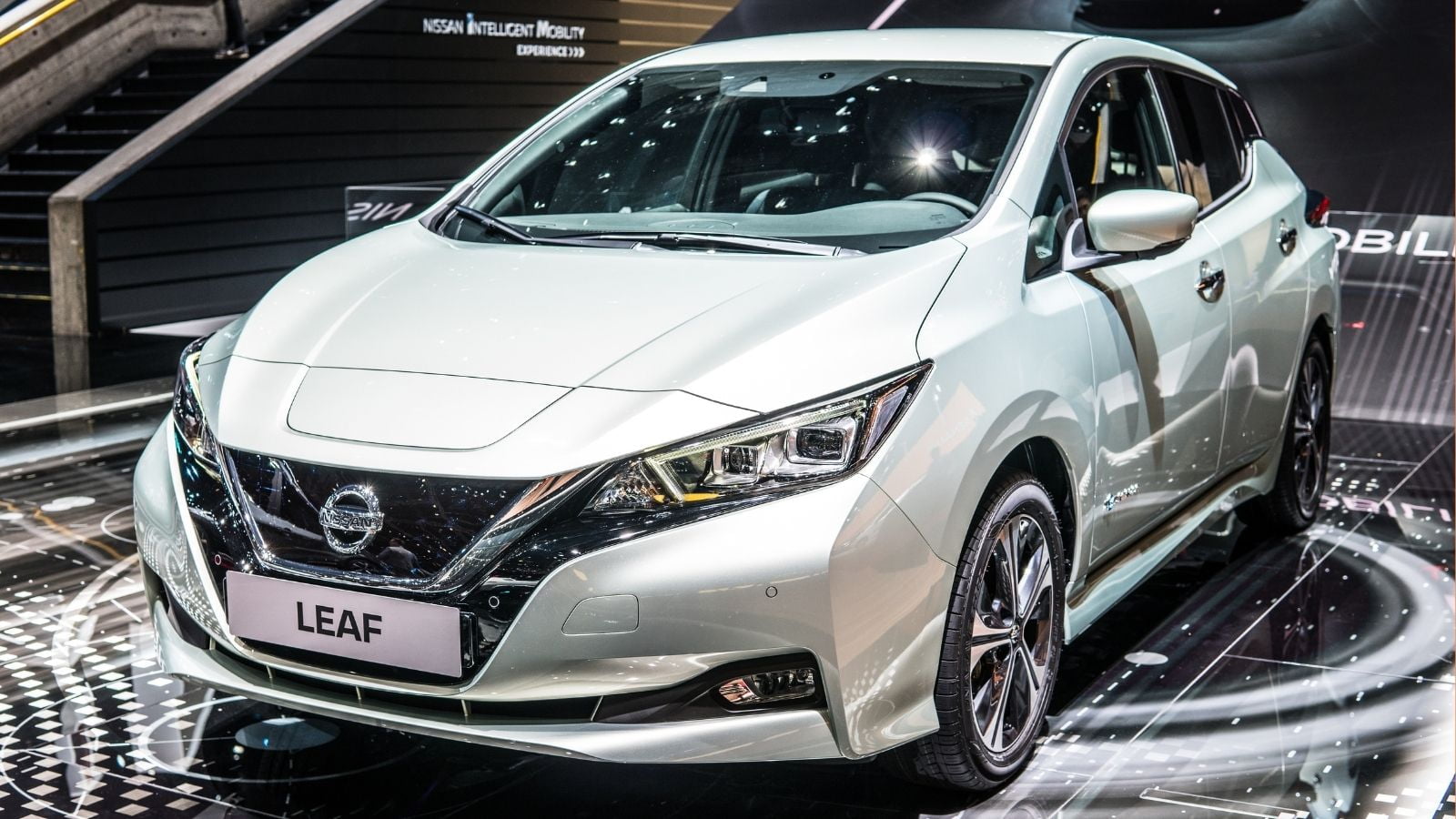
The Nissan Leaf was the world’s first mass-market all-electric car, and it played a pivotal role in making electric vehicles accessible to the general public. It featured a 24-kWh lithium-ion battery pack, providing an EPA-rated range of approximately 73 miles per charge. The Leaf’s electric motor delivered 107 horsepower and 207 lb.-ft of torque, enabling smooth and quiet acceleration. It supported standard 120V and 240V charging, with a full charge taking about 8 hours on a 240V outlet. The Leaf’s affordability, combined with Nissan’s global reach, helped bring electric vehicles into mainstream consciousness and demonstrated their potential for everyday use.
Chevrolet Volt (2010)

The Chevrolet Volt was a unique plug-in hybrid that bridged the gap between traditional gasoline cars and pure electric vehicles. Its innovative Voltec propulsion system allowed for seamless transitions between electric and gasoline power. The Volt alleviated range anxiety with an electric range of about 35 miles, supplemented by a gasoline engine for extended range. It offered a practical solution for drivers looking to transition to electric mobility. Its innovative design and versatility made it a significant milestone in the adoption of EV technology.
BMW i3 (2013)
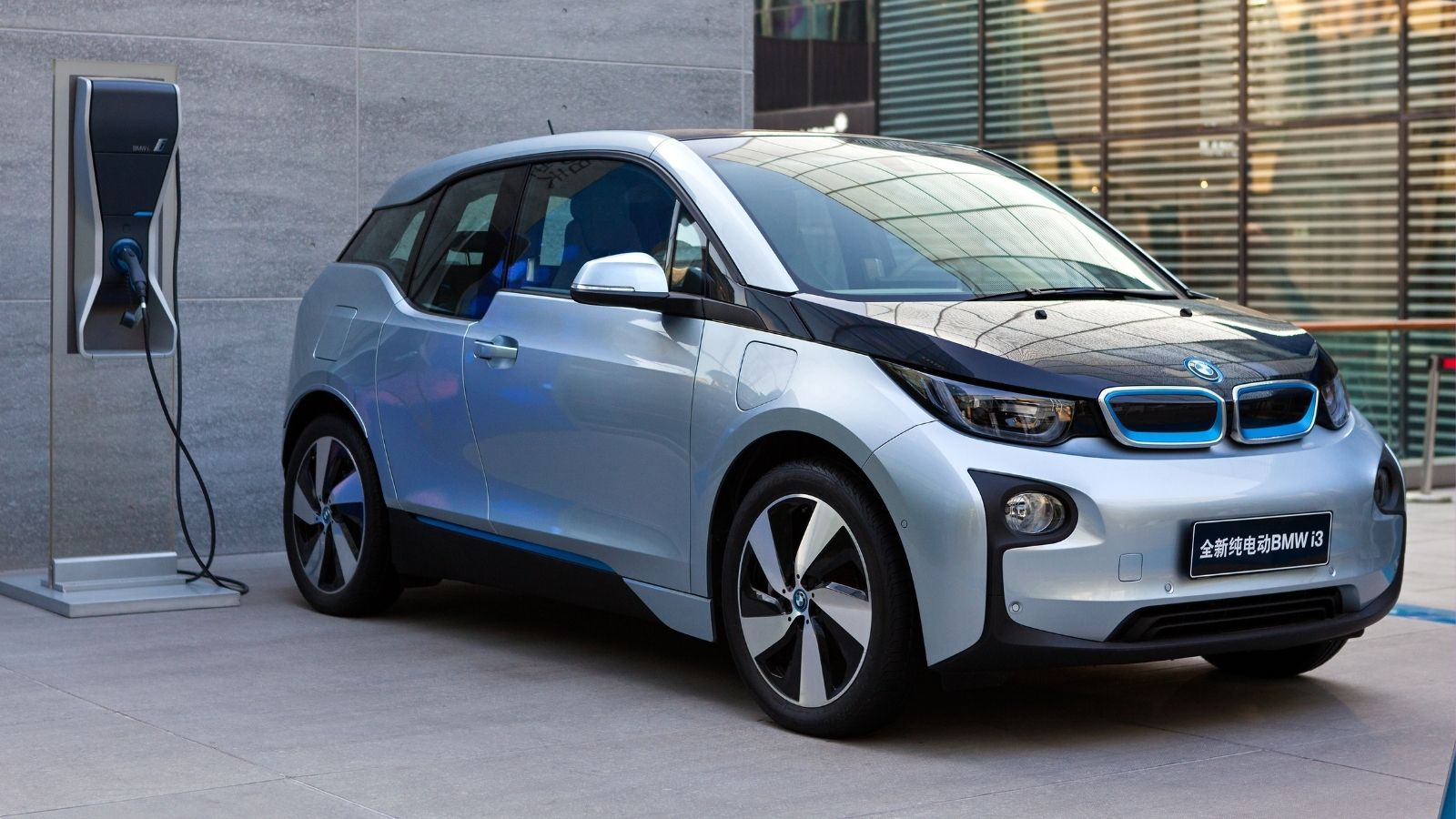
The BMW i3 was a bold and innovative entry into the electric vehicle market. It featured a distinctive and futuristic design with a carbon fiber-reinforced plastic body, enhancing its strength while keeping it lightweight. The i3 was powered by a 22-kWh lithium-ion battery pack, providing an electric range of approximately 80-100 miles on a single charge. The i3’s focus on urban mobility and its luxurious yet practical features helped redefine the image of electric vehicles as premium and desirable.
Tesla Model S (2012)
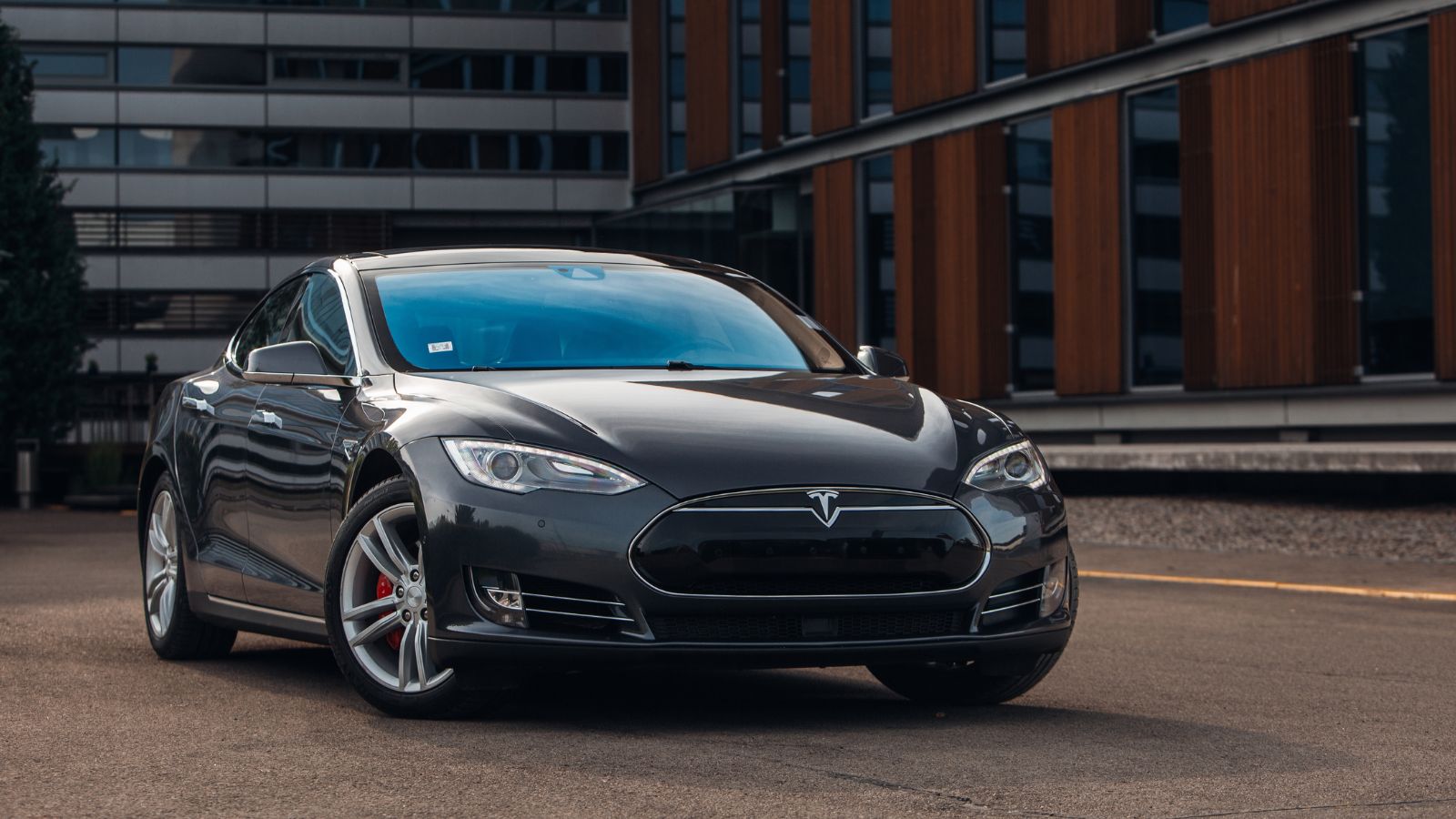
The Tesla Model S revolutionized the electric vehicle market with its impressive range, performance, and advanced technology. With the Performance model, The car boasts impressive acceleration, going from 0 to 60 mph in just 4.4 seconds. The Model S set a new benchmark for electric cars with a sleek design, a low drag coefficient of 0.24, and a spacious interior with seating for up to five adults and two children (with optional rear-facing seats). Its success proved that electric vehicles could compete with, and even surpass, their gasoline counterparts in terms of luxury and performance.
Renault Zoe (2012)

The Renault Zoe was a key player in Europe’s electric vehicle market, offering an affordable and practical solution for urban drivers. The car was powered by an electric motor producing 88 hp (65 kW) and 220 Nm of torque, allowing for smooth and quiet operation. Charging options included a standard Type 2 connector, capable of charging from 3 kW to 43 kW, with the fastest option recharging the battery to 80% in just 30 minutes. Its popularity in Europe helped increase awareness and acceptance of electric mobility in a region known for its environmental consciousness.
Kia Soul EV (2014)

The Kia Soul EV brought electric mobility to the compact crossover segment, combining practicality with a fun and quirky design. The Soul EV offered a spacious and comfortable interior, with eco-friendly materials and advanced technology, including a user-friendly infotainment system with navigation, a rearview camera, and Bluetooth connectivity. Regenerative braking helped extend battery life, while a quick-charge port enabled an 80% charge in about 33 minutes using a DC fast charger. The Soul EV’s style, utility, and efficiency blend made it a popular choice among urban dwellers.
Volkswagen e-Golf (2014)
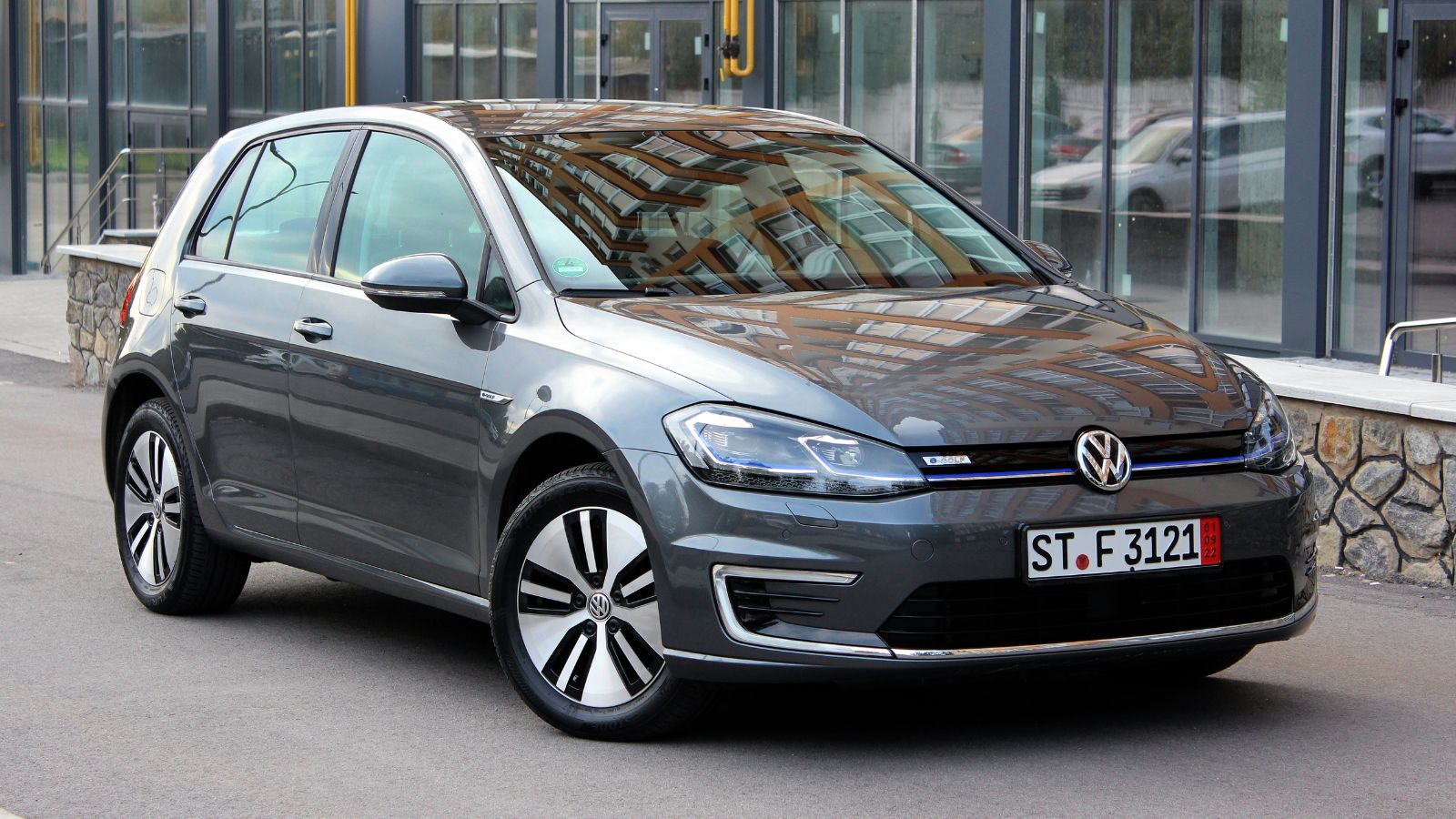
The Volkswagen e-Golf was an important step for the German automaker in the electric vehicle market. The car retained the Golf’s practical design, offering a spacious interior and 22.8 cubic feet of cargo space. Standard features included LED headlights, a touchscreen infotainment system, navigation, and regenerative braking. It offered a smooth, quiet ride with responsive handling, making it an attractive option for urban commuters seeking an eco-friendly alternative without sacrificing the familiar feel of the traditional Golf. The e-Golf demonstrated that traditional automakers could integrate electric mobility into their existing lineup.
Tesla Model X (2015)
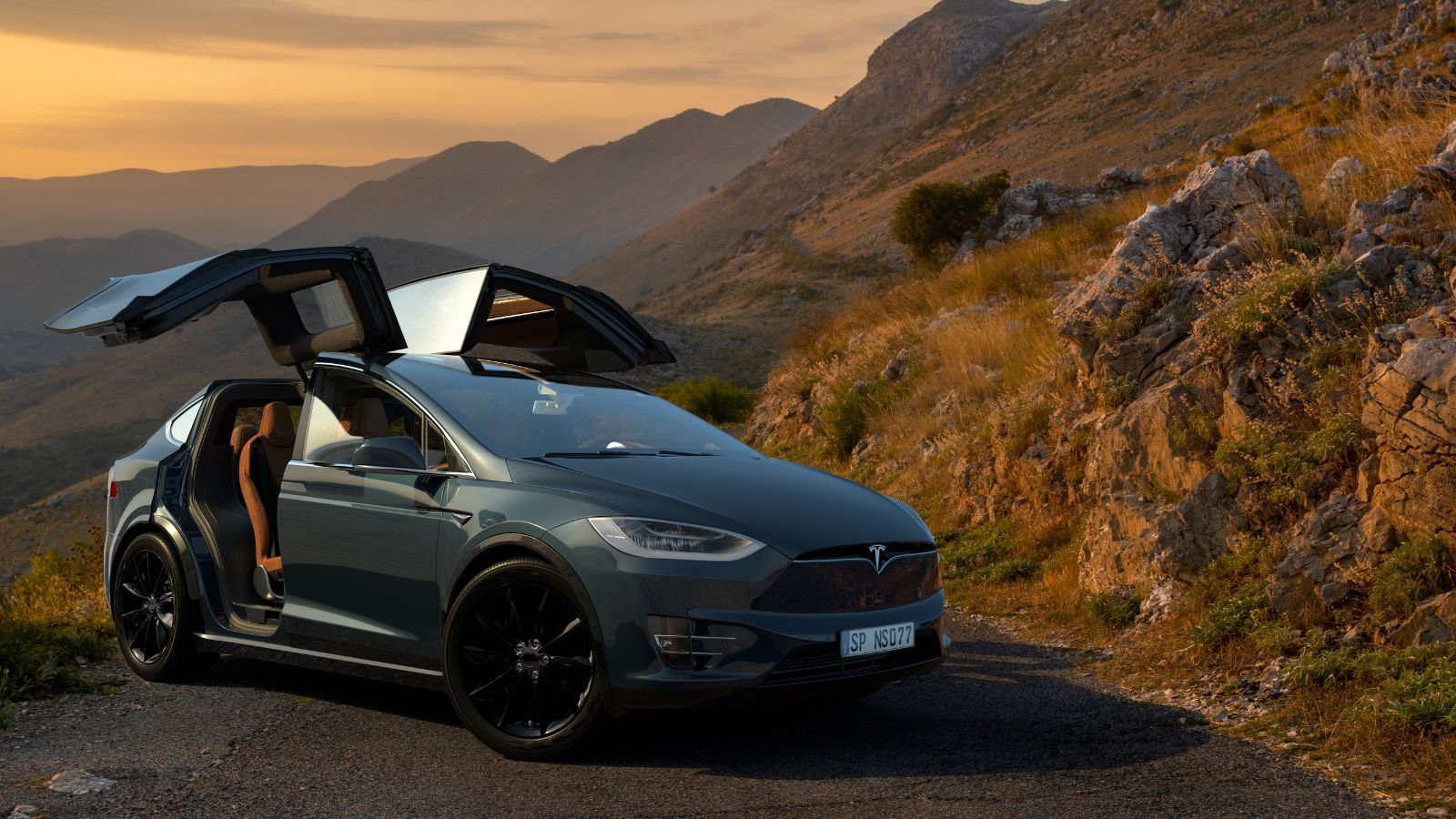
The Tesla Model X was a revolutionary electric SUV that combined performance, luxury, and advanced technology. It featured distinctive falcon-wing doors for easy access, even in tight spaces. The Model X offered seating for up to seven, with a spacious interior and advanced safety features. It came equipped with Tesla’s Autopilot, providing semi-autonomous driving capabilities. The dual-motor all-wheel-drive system ensured excellent traction and stability. Its victory further cemented Tesla’s reputation as a leader in electric mobility.
Chevrolet Bolt EV (2016)

The Chevrolet Bolt EV was a significant milestone for General Motors. Offering a range of over 200 miles at an affordable price, it proved that long-range electric vehicles could be accessible to the masses. Its practical design made it a versatile option for a wide range of drivers. Its success influenced other automakers to prioritize range and affordability in their electric vehicle offerings.
Jaguar I-Pace (2018)

The Jaguar I-Pace was the first all-electric vehicle from a mainstream luxury automaker, marking a significant shift in the industry. The I-Pace’s dual electric motors delivered 394 horsepower and 512 lb.-ft of torque, enabling a 0-60 mph acceleration in just 4.5 seconds. The vehicle supported DC fast charging, achieving an 80% charge in approximately 40 minutes. The I-Pace’s design also included a sleek, aerodynamic profile with a spacious, high-tech interior featuring a dual touchscreen infotainment system and advanced driver assistance features. Its critical acclaim and numerous awards highlighted electric mobility’s growing acceptance and desirability.
Hyundai Kona Electric (2018)
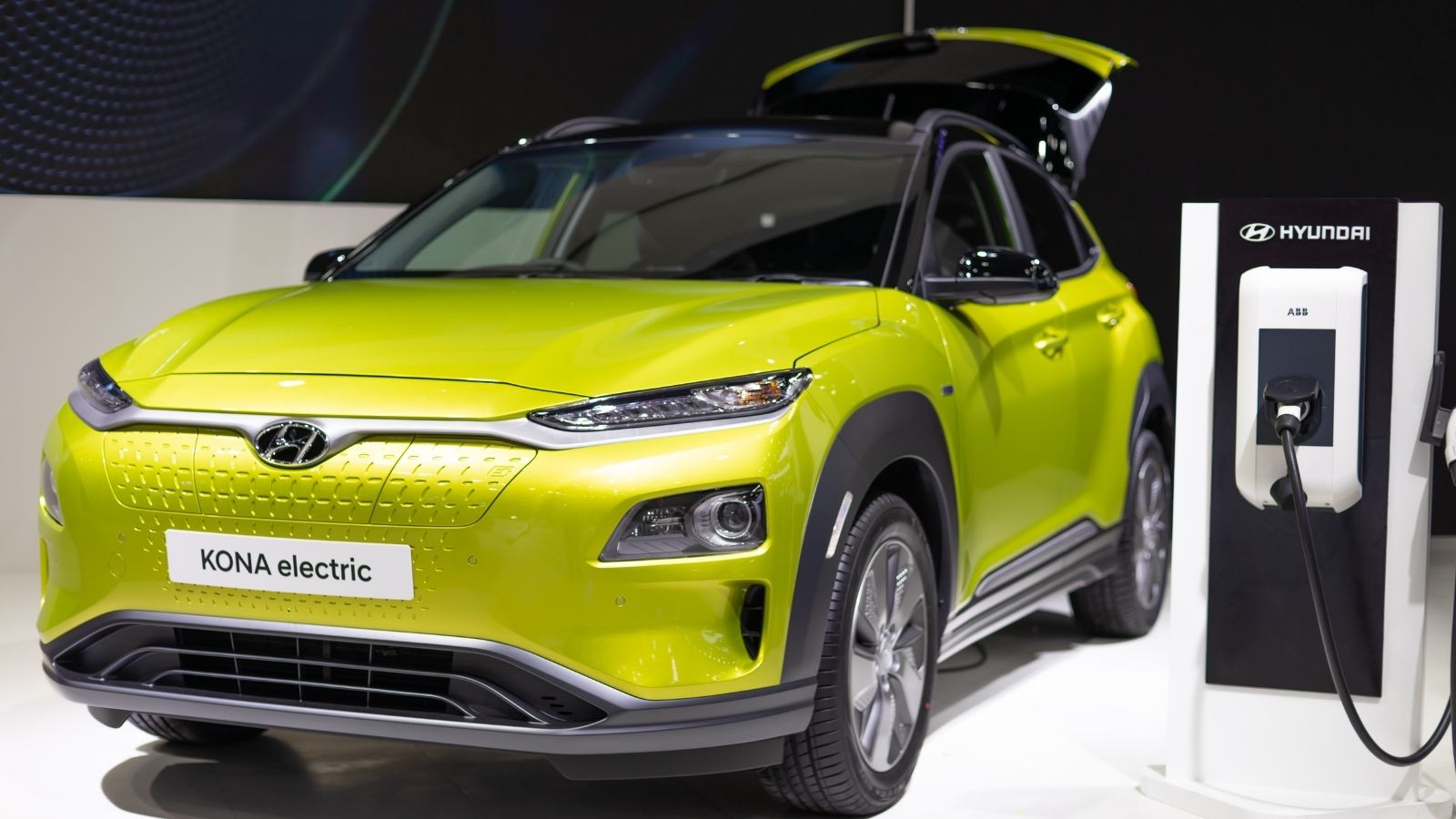
The Hyundai Kona Electric brought electric mobility to the compact SUV market with its impressive range of up to 258 miles and affordable price point. The interior boasted a modern infotainment system with an 8-inch touchscreen, Apple CarPlay, and Android Auto. Safety features included forward collision-avoidance assist, lane-keeping assist, and a driver attention warning system. With its eco-friendly credentials and pragmatic design, the Kona Electric’s triumph underscored the potential for electric vehicles to meet the needs of diverse market segments.
Audi e-tron (2019)
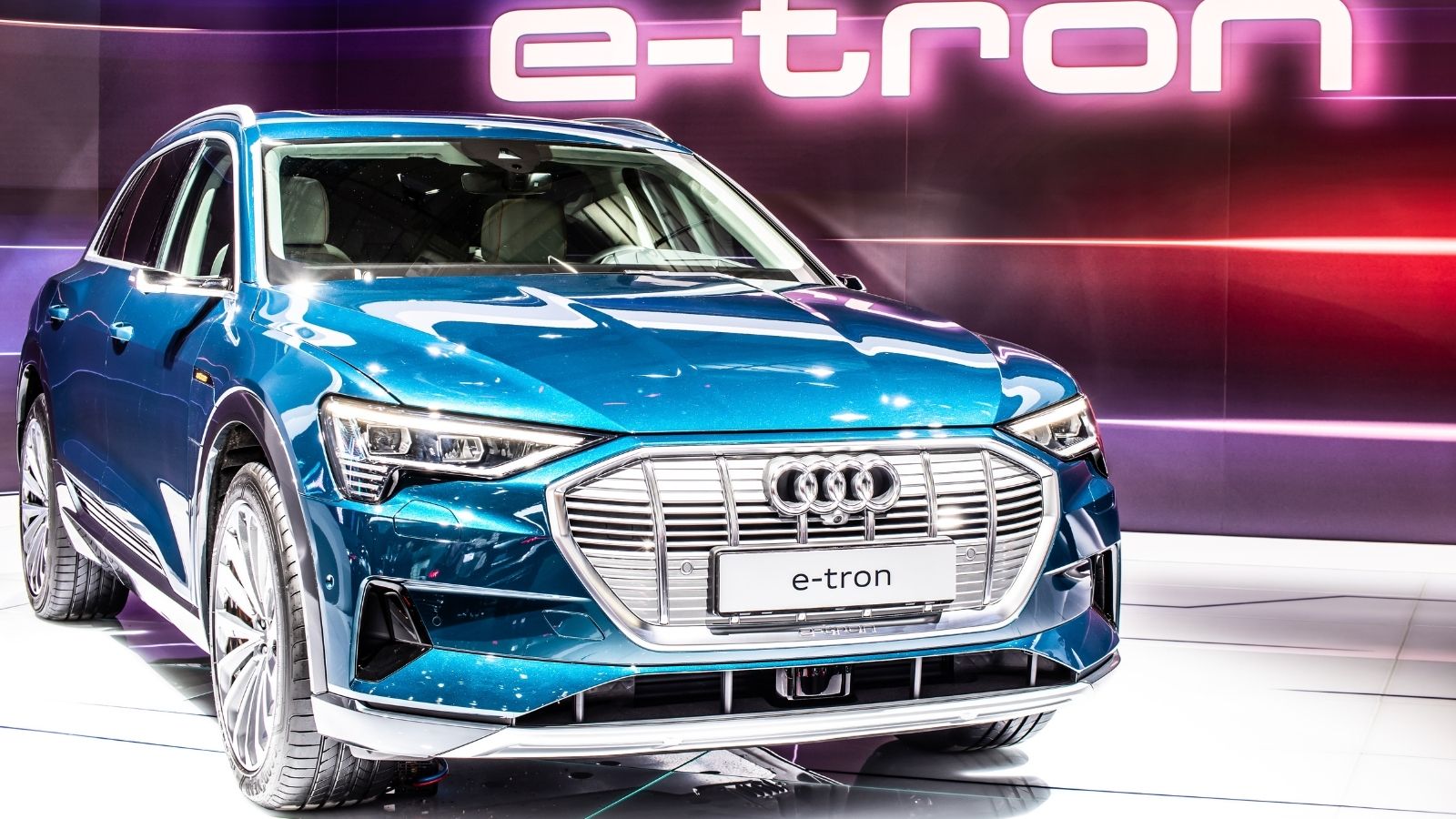
The Audi e-tron was a significant entry into the electric vehicle market from a traditional luxury automaker. With a range of up to 222 miles and a focus on performance, comfort, and advanced technology, the e-tron showcased Audi’s commitment to electric mobility. Its success helped elevate the perception of electric vehicles as premium, desirable, and capable of delivering a superior driving experience.
Porsche Taycan (2019)
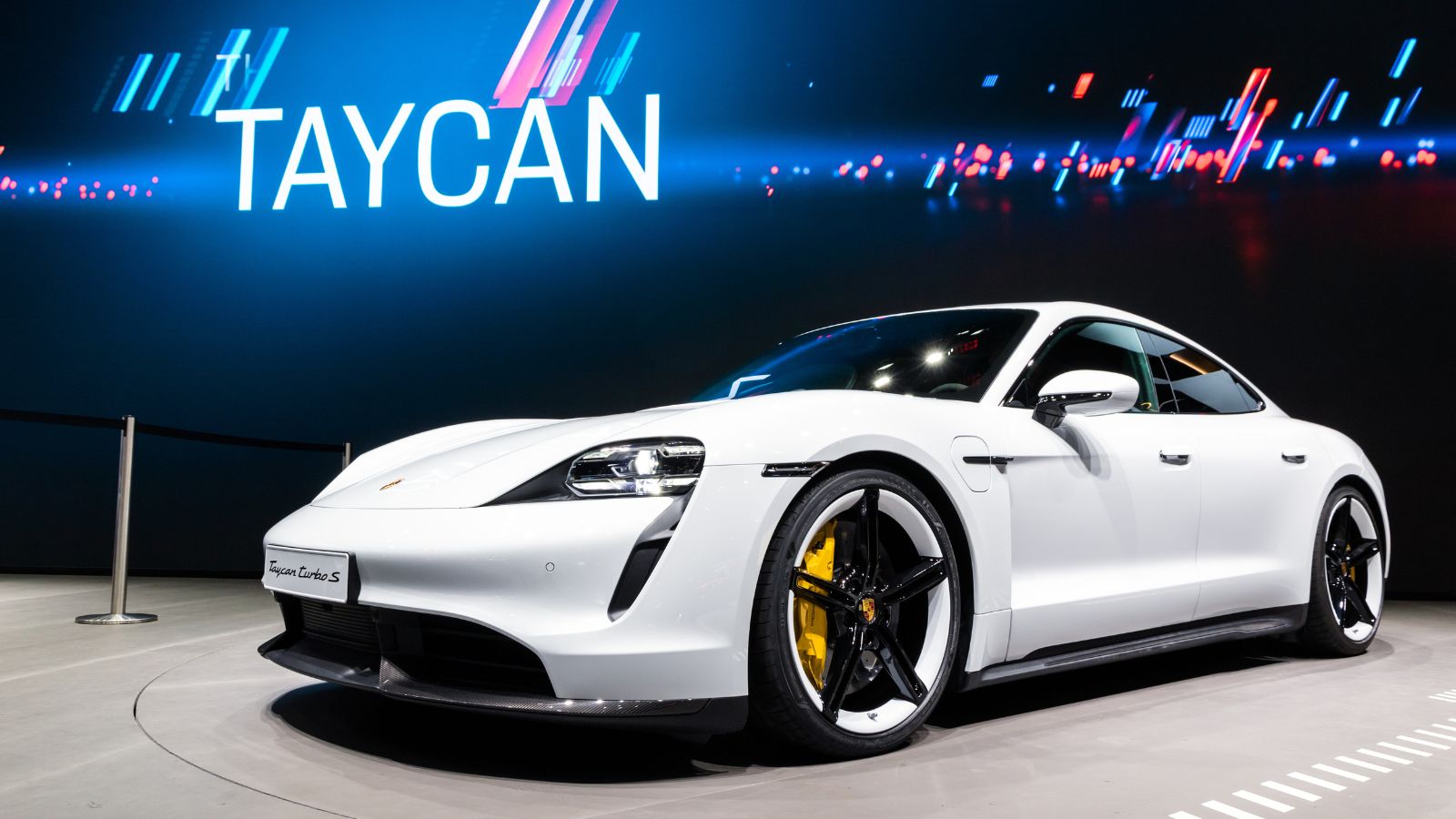
The Porsche Taycan redefined electric performance with its impressive acceleration and handling. Boasting a sleek design, it came in multiple variants, including the Taycan 4S, Turbo, and Turbo S. The Taycan featured an 800-volt architecture, enabling fast charging and delivering an impressive range of up to 256 miles (EPA estimated) on a single charge. The dual-motor setup provided all-wheel drive and offered up to 750 horsepower in the Turbo S model, achieving 0-60 mph in just 2.6 seconds. Its popularity demonstrated that electric vehicles could deliver a thrilling driving experience without compromising performance or luxury.
The 10 Most Reliable Car Brands According to Mechanics
![]() When choosing a car, one of the most crucial factors is reliability. But what exactly does it mean when we say a car is reliable? Reliability refers to the vehicle’s ability to perform consistently well over time with minimal issues. A reliable car requires fewer repairs, is cost-effective to maintain, and offers peace of mind to the owner. In this article, we delve into the ten most reliable car brands according to mechanics, explaining why these brands are trusted and highlighting endorsements from institutions, car experts, and reputable websites. The 10 Most Reliable Car Brands According to Mechanics
When choosing a car, one of the most crucial factors is reliability. But what exactly does it mean when we say a car is reliable? Reliability refers to the vehicle’s ability to perform consistently well over time with minimal issues. A reliable car requires fewer repairs, is cost-effective to maintain, and offers peace of mind to the owner. In this article, we delve into the ten most reliable car brands according to mechanics, explaining why these brands are trusted and highlighting endorsements from institutions, car experts, and reputable websites. The 10 Most Reliable Car Brands According to Mechanics
